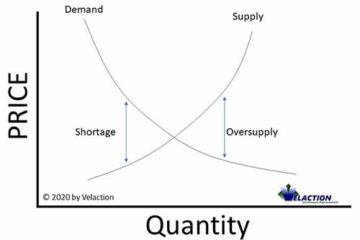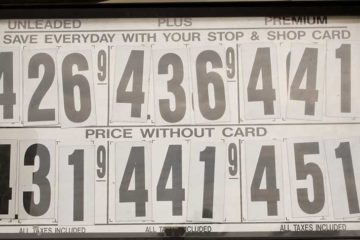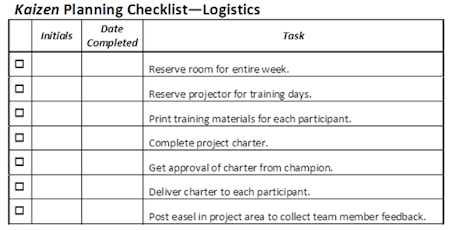Root Cause
It takes a lot of discipline to make sure you do a root cause analysis on problems rather than leaping to conclusions about what is going on. The definition of a root cause analysis is simply the act of going through a systematic process to identify the source of a Read more…



